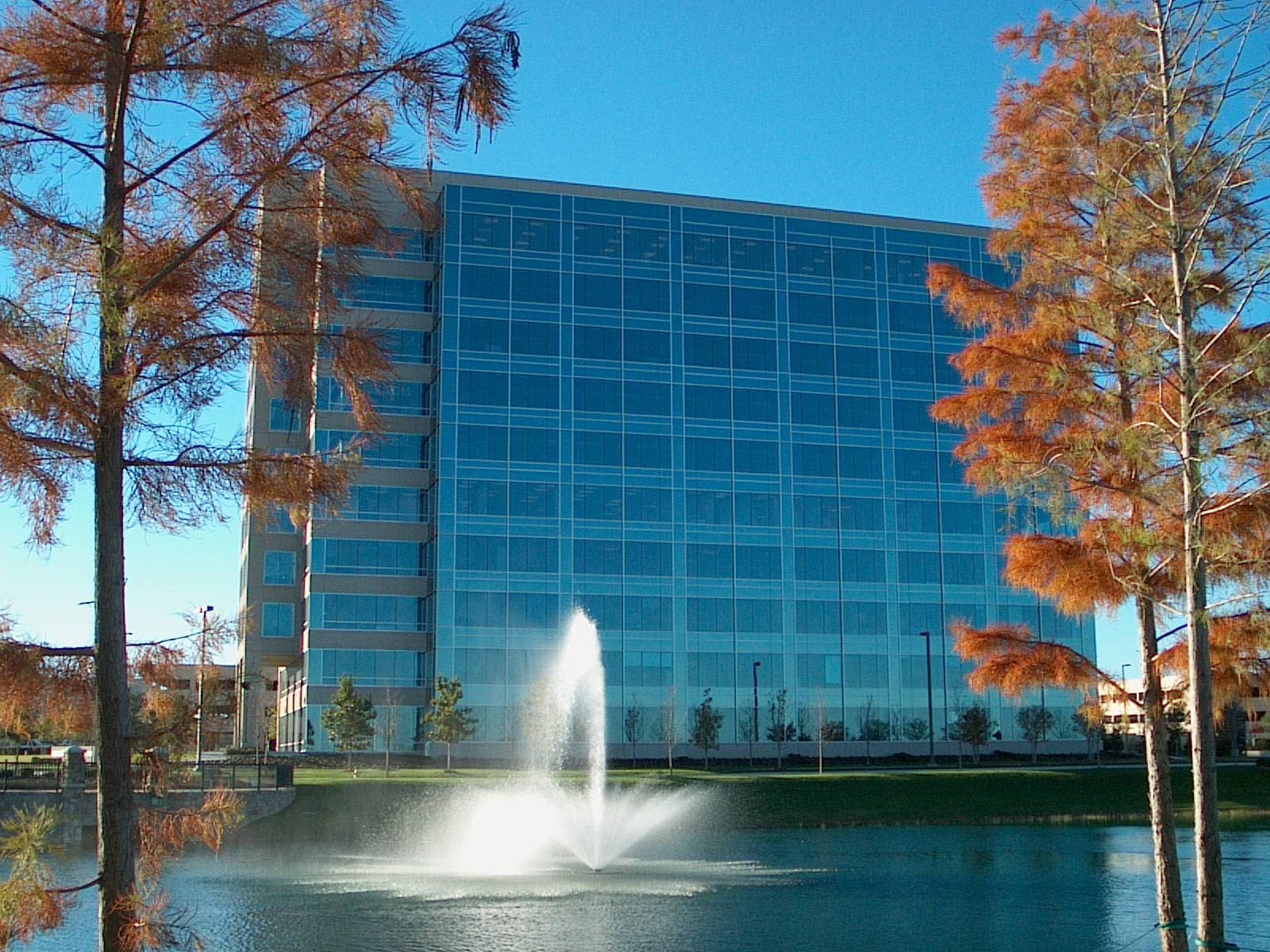Faced with aging on-premises servers and an unsupported operating system, Tepco Glass moves all applications to Microsoft Azure with help from Lightstream.
Business Challenge
Tepco Glass is one of the top glass and glazing contractors in the United States. Founded in 1982, the Dallas-based company specializes in commercial glazing and architectural design, as well as the installation of curtain walls, window walls, storefronts, entrances, motor operable windows, glass railings, and other façade enclosures.
When the COVID-19 pandemic hit, the construction industry stalled. Many projects were postponed, delayed, or canceled. And the global slowdown cascaded to suppliers and contractors, including Tepco, negatively affecting revenues and cash flow.
Although business was slow and cash flow was tight, Tepco’s business did not stop. The company continued to operate, serving its customers and addressing operational challenges. One challenge they faced involved the company’s IT infrastructure.
Tepco’s core business applications ran on Windows Server 2008 R2 servers located in the company’s small data center in Dallas. The hardware was over five years old, and Tepco’s IT manager was concerned that the aging hardware could lead to equipment failures. In addition, Windows Server 2008 R2 had reached end of life, and the company was no longer receiving support from Microsoft.
Solution
Company executives knew they needed to address the issues. But given the economic realities during the pandemic—business slowdown, a global microchip shortage, and supply chain constraints—they did not want to incur a large capital outlay to purchase new hardware and upgrade to a supported operating system.
They decided to explore the cloud. Moving to the cloud would eliminate the need to refresh hardware. And Microsoft offered an added incentive: if they migrated their Windows Server 2008 R2 environments to Microsoft Azure, the company would receive an additional 36 months of extended security updates for free.
The solution seemed viable, but the company wanted to ensure that it would work. Tepco’s IT manager knew one of Lightstream’s account executives from a previous working relationship, and reached out for help.
The first step was to assess the plan. Lightstream linked Tepco’s VMware environment to Azure Migration to evaluate the feasibility of moving it to Azure. This showed that the migration was viable and that Tepco could save money over the long term. Tepco’s executives were pleased with the findings and approved the project.
Over a period of 12 weeks, Lightstream experts worked with Tepco to plan, configure, and test their Azure environment. Finally, when all testing had been completed and issues resolved, Lightstream moved all of Tepco’s core applications from on-premise servers into the new environment. For ongoing support and optimization of their Azure environment, Tepco will use Lightstream Cloud Managed Services (CMS).
Business Outcomes
Increased Reliability and Availability
Tepco Glass has four locations—two in Dallas, one in Carrollton, Texas, and one in Oklahoma City—as well as other remote users who need access to applications. The Dallas headquarters is located in a section of the Dallas area that doesn’t have the most reliable power or internet service. Consequently, when the headquarters site suffered a power or internet outage, no one could connect from any locations, and their business was disrupted.
By moving all applications to Azure, Tepco no longer has this problem. Even if the Dallas location experiences an outage, users from the other sites are not affected. They can continue working without interruption.
Shift to a Consumption-based Operating Model
Tepco no longer maintains on-premise server hardware. By moving to Azure, they eliminated the need for large capital outlays in the future to address product upgrades and hardware refreshes. And they now have a more predictable operating expense model for IT.
Better Positioned for Future IT Modernization
Tepco is no longer limited by their data center environment. With all server infrastructure now in Azure, they have more flexibility, making it simpler for them to pursue future modernization efforts like virtual desktop infrastructure (VDI) and others. For example, with all workload in Azure, they don’t need to buy high-end gaming computers for people to do product designs anymore—the heavy processing can now be done in the cloud.
Ongoing Infrastructure Management and Cloud Optimization
By moving to Azure, Tepco no longer has to worry about infrastructure management. Lightstream Cloud Managed Services supports the company’s infrastructure, ensuring servers are patched and maintained, and oversees the company’s Azure environment to make sure it is optimized both for cost and performance.


